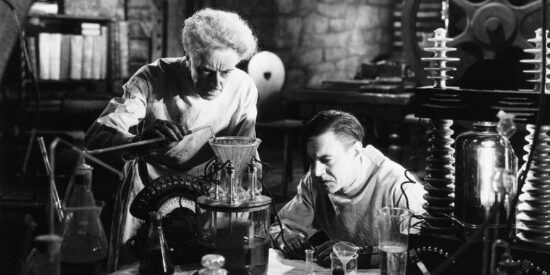
Some years ago, finding myself stranded in Greenfield, Massachusetts by the wrath of hurricane Irene and looking for supper and a bit of company I popped into The People’s Pint, a celebrated watering hole where the brewing arts are taken very seriously indeed.
From my seat at the zinc I watched as the barkeep cheerfully mixed one draft beer with another right at the taps. Several standard blends of this sort were posted on a big blackboard; others either improvised on the spot or whipped up at a customer’s request. It occurred to me this would never ever happen with wine.
It’s not as if mixing one wine with another is some outlandish idea. The opposite is true. Winemakers routinely vinify individual lots of wine separately with the intention of creating components they can later combine into well-tempered blends. These lots may be from the same estate or purchased from neighbors, or some combination of the two; the aim being to make a more salable, complete, drinkable wine.
As a bartender, sommelier or consumer, however, mixing wine at the point of consumption is beyond the pale; taboo. Why is that, exactly? How have we arrived at this strange and rather stifling state of affairs?
One idea is that it’s a response to wine’s long, sordid history of tampering and adulteration. Selling wine in individual bottles sealed with cork made it harder to mess with once it left its source and may have contributed to the idea that any manipulation of wine post-bottling constituted a kind of crime, even when it was just honest, out-in-the-open experimentation.
Another thought is that, living as we do in the Winemaker As Genius era, we’ve all become convinced that these extraordinary individuals alone possess the talent, skill, and good taste to decide what you and I will drink. While it’s fine for them to tinker to their heart’s content (and they do), it’s out of the question for us to take this holy office into our own hands — to participate, even in this very modest way, in the making of our own wine.
“Ah,” you say, “but some wines are too good to be meddled with by amateurs.” I don’t disagree, but only a tiny amount of wine can be considered to fit this description. Basic, soundly-made varietal wines could serve as ingredients in all kinds of combinations with results that might be both surprising and delightful. A plus: Daring to play vintner could teach us a lot about wine we wouldn’t otherwise learn.
What would your Sangiovese taste like softened with a bit of Merlot? Finding that big-ass Cabernet a little too dense and alcoholic for a Dog Days afternoon? You coud water it, of course, but why not slim it down with a smidgen of whatever white you have on hand? Add a little more and you’ll be on your way to creating your own bespoke rosé.
Winemakers blend to perk up (or tone down) acidity, add or diminish texture, even make adjustments to color. It’s all perfectly legit and utterly routine. Wine punches, like sangia, seem to avoid the obloquy associated with this sort of behavior, but just barely.
I have the feeling that one of these days some fearless cocktail jockey (it won’t be a sommelier) is going to look in the direction of the wine cellar and wonder what could be done with the materials stored there. And when that happens, mixing one wine with another at the point of sale will no longer be a taboo. It will be a trend.